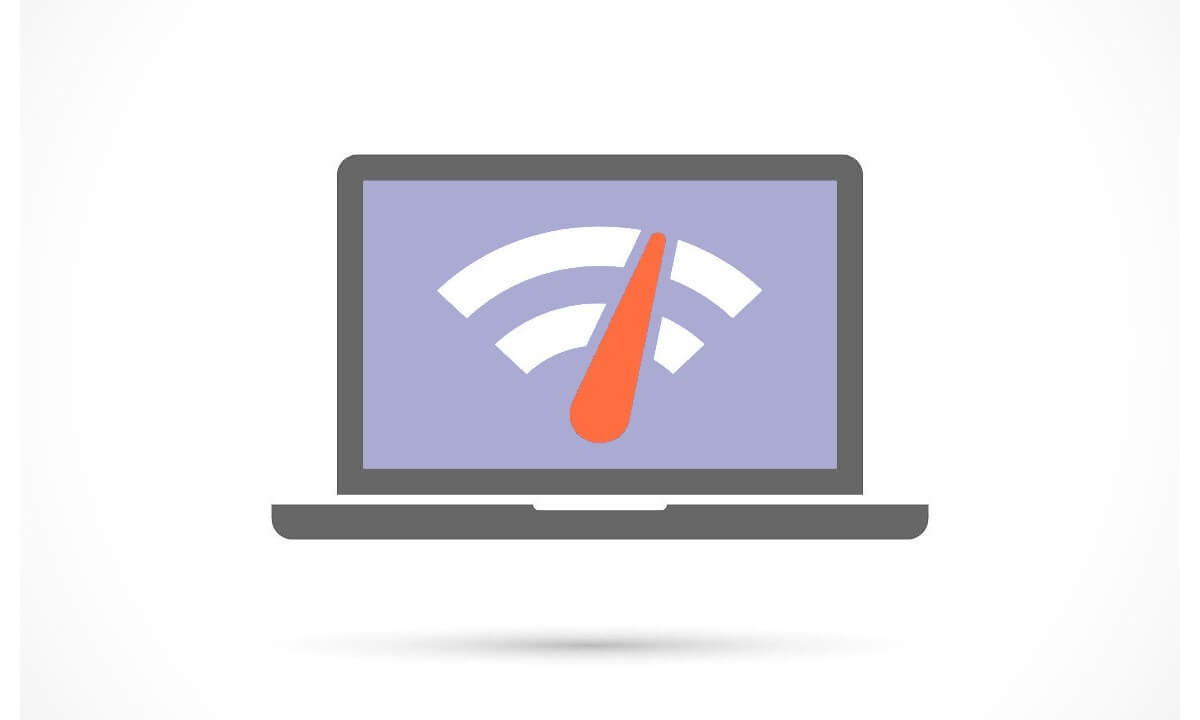How to fix virtual desktop lag when virtual desktops are now quite popular across all corporate sectors and industries. It makes sense that a virtual desktop can be accessible from practically anywhere, including on mobile phones, tablets, and laptops, given that workers in the business world are constantly on the move.
However, problems like lagging, high latency, and stuttering can make using a virtual desktop unpleasant. You may eliminate lag and stuttering in VD with the aid of this method for a faultless experience.
To perform all of how to fix virtual desktop lag, you don’t have to be a tech whiz. Simple fixes can be made without any prior technical knowledge.
What is a Virtual Desktop?

Users can access and use applications and data as if they were on a traditional desktop or laptop in a virtual desktop environment. Users can install and execute their apps on a second, isolated operating system (OS) that is created using virtualization technologies.
The Benefits of Virtual Desktops
Utilizing virtual desktops has numerous advantages, including:
- Enhanced security: By isolating apps and data into different, secure contexts, virtual desktops can contribute to enhancing security. This can help stop your machine from being compromised by malware and other risks.
- Enhanced efficiency: By enabling you to run many windows and applications at once, virtual desktops can help you become more productive. You can be more productive and save time by doing this.
- Cost savings on hardware: Companies can save money on hardware by combining their real desktop and laptop PCs into a single virtual environment using cloud PC solutions.
- Flexibility: Virtual desktops give users a lot of options. They are reachable from any place and gadget, including tablets and smartphones.
- Ease of Maintenance: Virtual desktops may be administered with the use of a single central panel and are simple to maintain.
5 simple ways on how to fix virtual desktop lag
1. Verify and clear off your disk space
Check to see if your device (or devices) are currently running out of space before doing anything else, as this is one of the most frequent causes of virtual desktop slowdown.
When possible, remove superfluous files and data; alternatively, you might decide to expand the hard drive space on your server and/or device. Once you’ve freed up disk space, try restarting your computer to see whether it stills lag to find out different on how to fix virtual desktop lag.
2. Examine and improve your internet connection
It goes without saying that the speed and dependability of your network have a big impact on how well a virtual desktop performs.
You should first assess your network’s performance using free programs, such as https://www.speedtest.net/.
Here are some crucial pointers for enhancing network performance for use with virtual desktops:

- Using cable:
As a general guideline, avoid using Wi-Fi while connecting your PC to the internet. Instead, use an Ethernet cable or other sort of connected connection (no matter how good your Wi-Fi connection is). To lessen lagging, we suggest utilizing a CAT 5 or CAT 6 Ethernet cable.
- How to reduce latency:
The term “latency,” which is measured in milliseconds or ms, refers to the delay in a network. By pinging your virtual desktop from a nearby device, you may determine its latency. assuming your computer runs Windows:
- The Windows icon on your local Windows PC and select “Right-click”
- Open Command Prompt, then type “ping” and the address of your virtual machine.
- Choose a virtual desktop. The VM’s address should be visible in the upper right corner if you select Actions and then choose Manage Computer.
- If a cabled connection cannot be made, use a dedicated 5GHz Wi-Fi connection. Use a 5GHz Wi-Fi connection rather than a 2.4GHz connection, albeit it’s still not ideal. A 5GHz connection, which is more quicker and more reliable (up to about 1300Mbps), may be supported by your router. But remember that you need to keep the gadget close to the router (5GHz Wi-Fi has a shorter range.)
- Store your router nearby: The router should ideally be located in the same space as your actual device. If you can’t transfer the router to the same area, you might want to think about buying a dedicated router.
3. Restart the process
If your virtual desktop is still sluggish and you can’t figure out how to fix virtual desktop lag, try restarting your computer (or other device) and router. Your device’s performance may occasionally be slowed down by background operations or updates that demand a restart to take effect.
A straightforward restart can make all the difference when all else fails.
4. Lessen cyclical lag spikes

There are a few things you may try to find the source of the lag if it comes in spurts every few minutes rather than continuously:
- Use your Windows Task Manager to look for anything that stands out when the lag spikes happen (click Ctrl+Alt+Delete together, then select Task Manager).
- Choose “End Process” from the context menu when a process is taking up a lot of CPU or RAM resources, then continue this procedure with subsequent tasks as necessary.
- For the same result on a Mac, hit Command+Space and then launch Activity Monitor.
- To troubleshoot potential network spikes, type “resource monitor” into the Windows search bar and launch Resource Monitor.
- Turn off Hotspot 2.0
- Disable automatic Wi-Fi scanning if you frequently experience slowness spikes as a result of your computer attempting to connect to a different Wi-Fi.
5. Update your drivers and software

Make sure that your GPU drivers, Windows updates, and operating system are all current. Your virtual desktop’s performance may suffer if your GPU drivers are outdated.
Whether your computer is running Windows, you may check to see if there are any outstanding Windows Updates by typing “Windows updates” into the Windows search bar and going to the Windows Update screen. To finish the procedure, you might need to reboot your device after downloading and installing all the required updates.
At least once every month, and ideally as soon as any upgrades are made available, we advise keeping a routine of upgrading everything. You’d be shocked to learn how simply keeping your hardware and software updated can address a number of issues while also enhancing speed and security.
Wrap up
There are a few things you may try to do to try and cure virtual desktop lagging problems. In this page, we’ve included some of the most popular fixes. You should be able to resolve how to fix virtual desktop lag difficulties and get your computer back up and running by using these techniques!
Maybe you are interested: https://manhuatoon.com/top-6-best-mechanical-keyboard-for-gaming/
